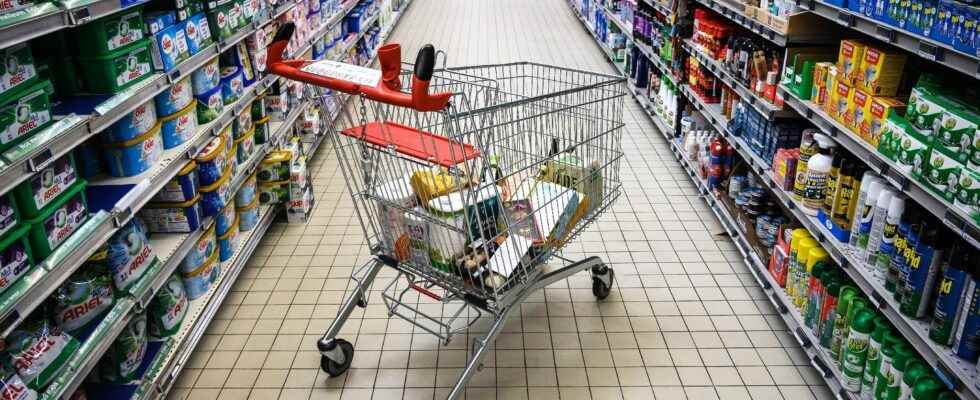Twenty-three products tested and nanomaterials detected in twenty of them. The Avicenn association published, this Thursday, December 15, its nano investigation report in everyday products. The tests revealed the presence of unlabelled, sometimes even unauthorized, nanos in 20 of the 23 everyday products tested. “We were surprised at the high proportion of products containing nanos”, writes the association for monitoring and civic information on the challenges of nanosciences and nanotechnologies.
The products concerned are in particular products for children, such as Guigoz infant milk, the Signal Kids toothbrush, but also cosmetics (L’Oréal, Nivea, Labello), Herta pie dough, Aoste ham, croquettes for Royal Canin dogs or even the Nana menstrual panties and the Uniqlo men’s underpants.
As Avicenn explains in his report, which is the result of extensive investigative work over fifteen months carried out with the National Metrology and Testing Laboratory (LNE), nanos are “very small particles, of the order of a billionth of a metre” which are “very popular with industrialists”. These nanos “are also likely to diffuse in the body, further than the ‘classic’ particles of larger size, with potentially harmful effects on health”. In food, nanomaterials are used as food additives “to improve the appearance and palatability of the product by modifying its structure, color or texture”, indicated ANSES (National Agency for National Food Safety) in October 2021.
A “lack of industrial and scientific data”
If, “due to the lack of industrial and scientific data”, it is “not possible at this stage to propose an assessment of the health and environmental risks associated with nanos in general, nor in those detected in the products tested”, notes Avicenn, the association nevertheless recalls that “the small size of nanos can promote their passage through protective barriers (pulmonary, blood-brain, intestinal, placental, etc.) then their distribution and accumulation in the body, where their high reactivity may lead to undesirable effects”.
Contacted by Franceinfo, Mathilde Detcheverry of the Avicenn association is however reassuring. “There is no acute risk in the event of consumption of one or more products on the short-term list,” she says. Nevertheless, these scientific publications warn about “the effects of chronic and cumulative exposure”.
“The results show how eminently flawed (nano) labeling is,” Avicenn also believes. Although not labeled “nano”, the majority of products in which nanos have been detected by the association are covered by the European “nano” labeling obligation which has prevailed for almost ten years for cosmetics, food products and biocidal products, recalls Avicenn.
“Increasing transparency on nanomaterials”
“We selected products which, although not labeled ‘nano’, were more likely than others to contain nanos. Yet we were surprised to find nanosilica in food products with no mention of silica or E551 in the list of ingredients, nanoparticles of titanium dioxide (TiO2) in the underwear and in the blotter under the chicken cutlet. For what properties has it been integrated into these last two products?” wonders Avicenn, specifying that “the brands questioned did not respond” to the association’s questions.
In addition, for the civic watch and information association on the challenges of nanosciences and nanotechnologies, “the presence of nanos in other categories of products underlines the need to extend the labeling obligation (nano) to categories of products which are unfortunately still not concerned to this day”, she observes.
Avicenn formulates three requests at the end of the report: “to improve knowledge of marketed nanomaterials”, “to increase transparency on these nanomaterials with, among other things, the intensification of controls and sanctions in the event of non-compliance with legal obligations”. and finally “develop vigilance, in particular with the establishment of a generalized obligation to assess the benefit/risk ratio”.
